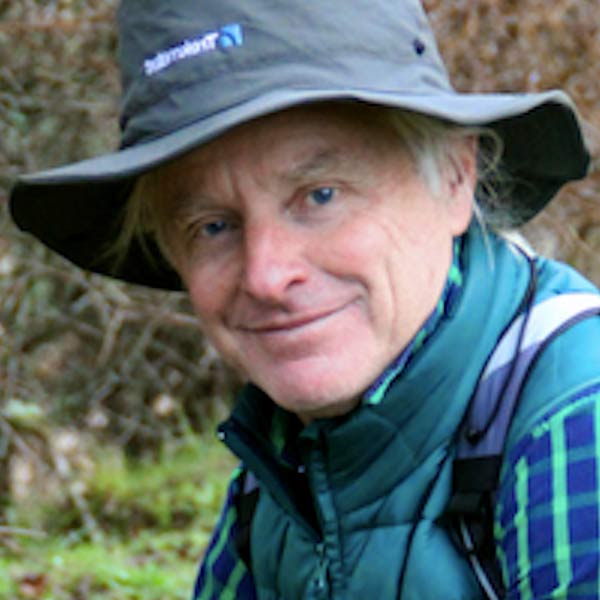Onguma Tented Camp
Eastern Etosha, Etosha & North, Namibia
Reviewed by
Guy Hunter Watts
Onguma translates in the local Herero tongue as 'place you won't want to leave'. Too right: the position of this remarkable tented camp, set amidst thick acacia woodland looking out to a water hole surrounded by graceful Makalani palms, is bush at its beautiful best.
When designing the camp, Namibian designer Heidrun Diekmann (she also created The Fort) took inspiration from the Etosha Pan for her colours and materials: a muted palette of grey, white, khaki and beige then a combination of canvas, screed, pole and stone. The result? A tented camp that feels authentic and innovative.
For all its designer attitude - the camp hinges around a remarkable 'rock & pole' wine cellar! - it's what lies beyond Onguma's wooden decks that remains the most thrilling part of a stay here. Admire dik dik and zebra grazing yards from your bed, hear lion and hyena at night, watch porcupines come in to drink and abandon yourself to the raw beauty of Namibia's vast wilderness.
When designing the camp, Namibian designer Heidrun Diekmann (she also created The Fort) took inspiration from the Etosha Pan for her colours and materials: a muted palette of grey, white, khaki and beige then a combination of canvas, screed, pole and stone. The result? A tented camp that feels authentic and innovative.
For all its designer attitude - the camp hinges around a remarkable 'rock & pole' wine cellar! - it's what lies beyond Onguma's wooden decks that remains the most thrilling part of a stay here. Admire dik dik and zebra grazing yards from your bed, hear lion and hyena at night, watch porcupines come in to drink and abandon yourself to the raw beauty of Namibia's vast wilderness.
Highs
- You're miles from anywhere yet the food is as good as that of a top city restaurant
- The layout of the camp ensures that every tent feels utterly private
- The vibe is spoiling and cossetted yet doesn't detract from the simple pleasure of being in the bush
- The main tent's decoration, which mixes retro and contemporary elements, is intimate and deeply comfortable: chilling out here is a treat
- It’s the cheapest of the 3 Ongumas (apart from the Bush Camp), but by no means a lesser option; we loved it
Lows
- The amount of animals you'll see at the water hole will be in direct relation to the dryness of the season
- Be prepared to spend a fair amount of time in your game vehicle: Onguma has plenty of wildlife but for big game viewing your drives will mostly take you into the Etosha park
- Tarif only includes 1 game drive a day; if you want to do a second one, you'll have to pay extra
- The Onguma Reserve is a 5.5 hour drive from Windhoek, albeit through fabulous scenery, or a 1.5 hour flight in a light aircraft
Best time to go
The Dry Season roughly equates to July through to mid November (even though it stops raining earlier in the year) and is when most folk visit the area in and around Etosha.
The busiest season in Etosha coincides with the northern European summer holidays, that's to say July and August, which means an ideal time to be here is any time between September and November.
From December through to mid February be prepared for high (mid 30sºC) temperatures. During the Rainy Season (January to March), the animals can find water without recourse to the holes along the southern routes through the park so the chances of spotting game are considerably reduced.
Bear in mind that even if daytime temperatures are high throughout most of the year they can rapidly descend at night.
The busiest season in Etosha coincides with the northern European summer holidays, that's to say July and August, which means an ideal time to be here is any time between September and November.
From December through to mid February be prepared for high (mid 30sºC) temperatures. During the Rainy Season (January to March), the animals can find water without recourse to the holes along the southern routes through the park so the chances of spotting game are considerably reduced.
Bear in mind that even if daytime temperatures are high throughout most of the year they can rapidly descend at night.
Our top tips
Pack a good pair of binoculars and a bird guide (the SASOL guide comes highly recommended). Whilst you should see animals at the water hole, feathered activity comes guaranteed.





